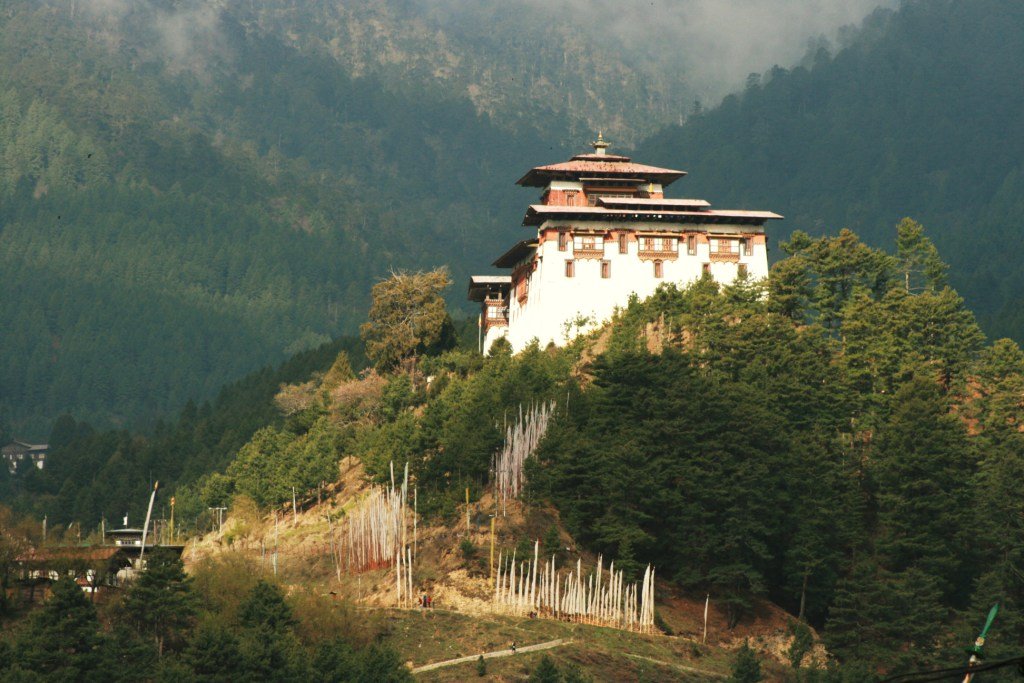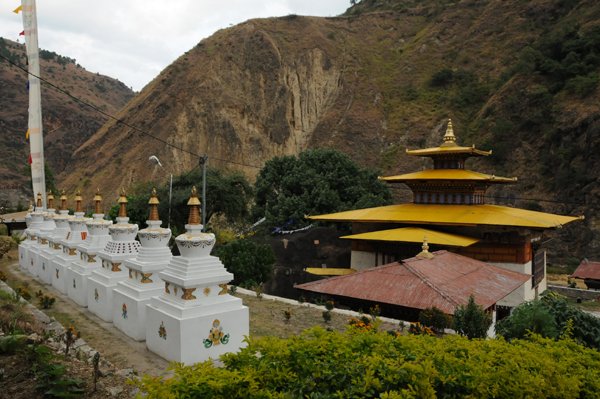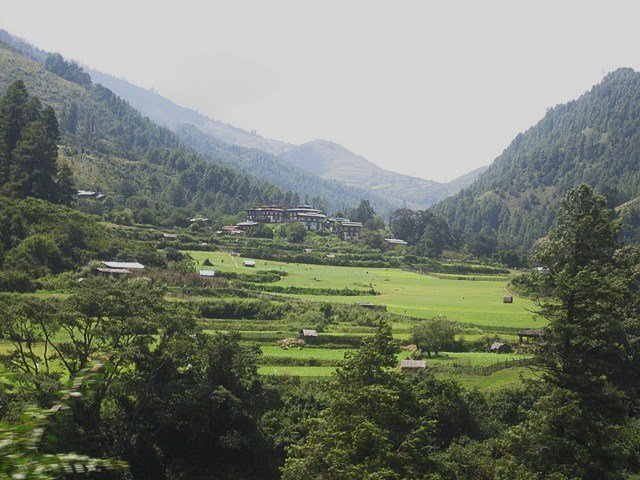
Lhuentse Tshechu
Lhuentse Dzong Lhuentse, BhutanThe annual Lhuentse Tshechu, a revered religious festival, unfolds over three days amidst the grandeur of Lhuentse Dzong, perched majestically on a ridge overlooking the Kuri Chhu river. Established around three centuries ago by Yongzin Ngagay Wangchuk, the festival features a vibrant array of masked and folk dances performed within the Dzong's courtyard. Among the captivating performances are the Sachhog Zhang Cham, Sha Zam Cham, and Daegye Bakchan, accompanied by various cultural programs. Adorned in their finest attire and jewelry, hundreds of devotees from across the valley gather at the Dzong to partake in the festivities and accumulate spiritual merit. The Tshechu draws to a close with the Thongdrel ceremony in the morning followed by Guru Tshengye's blessings in the afternoon, culminating the celebrations on a profound note.






